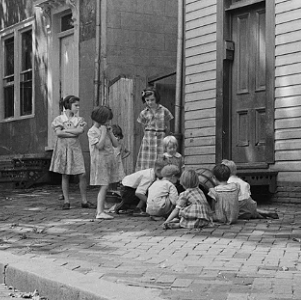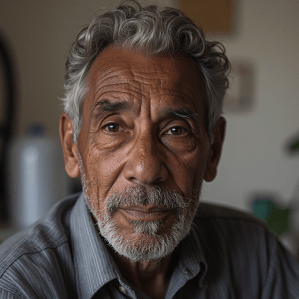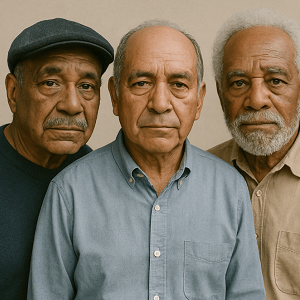A new study reveals stark disparities in hypertension prevalence and treatment rates between advantaged and disadvantaged neighborhoods, with Black communities facing the highest burden. Researchers from the Cleveland Clinic examined data from over 56,000 middle-aged adults across 1,157 neighborhoods in Cuyahoga County, Ohio.
The findings, published in JAMA Network Open, show that areas with high socioeconomic disadvantage had nearly double the rate of hypertension compared to more affluent neighborhoods – 50.7% versus 25.5%. Treatment rates were also lower in disadvantaged areas.
The impact was particularly pronounced in predominantly Black neighborhoods. A staggering 63% of these communities had both high hypertension rates (over 35%) and low treatment rates (under 70%). In contrast, only 11.8% of neighborhoods with less than 5% Black residents met these concerning criteria.
“The intersectionality of neighborhood racial composition and hypertension prevalence in Cuyahoga County is severe,” said lead researcher Dr. Jarrod E. Dalton. He noted that many of the most affected Black neighborhoods were those historically impacted by racial segregation.
The study also found that neighborhood disadvantage and racial composition accounted for over 90% of variation in hypertension rates for both men and women. However, the disparity was most striking among women.
Dr. Dalton emphasized the need for interventions beyond standard clinical care, calling for “multi-sector population prevention initiatives” targeted at the hardest-hit communities. In response, Cleveland Clinic is developing outreach programs for high-risk neighborhoods identified in the research.
See “Neighborhood disadvantage linked to high rate of hypertension, low rate of treatment” (August 23, 2024)



